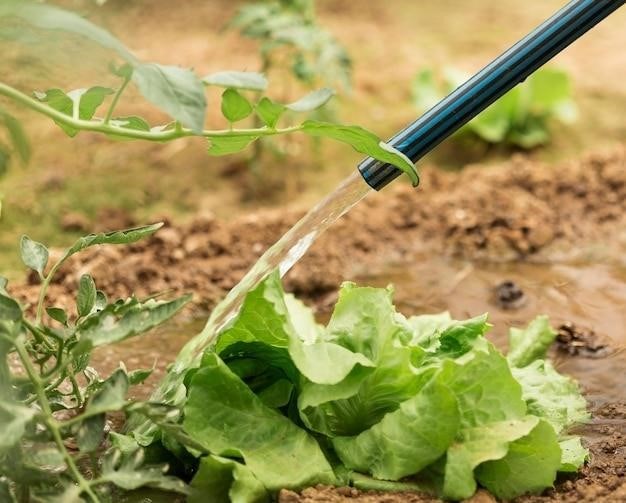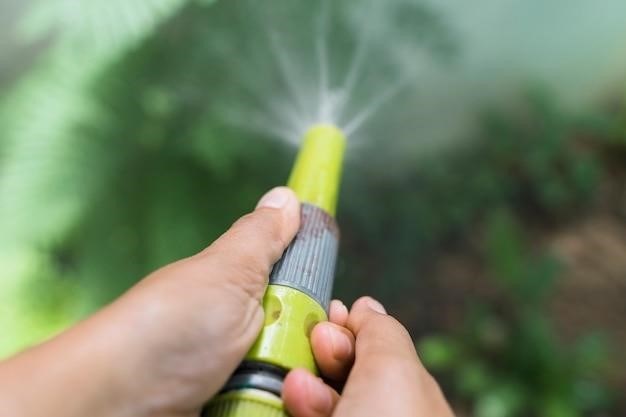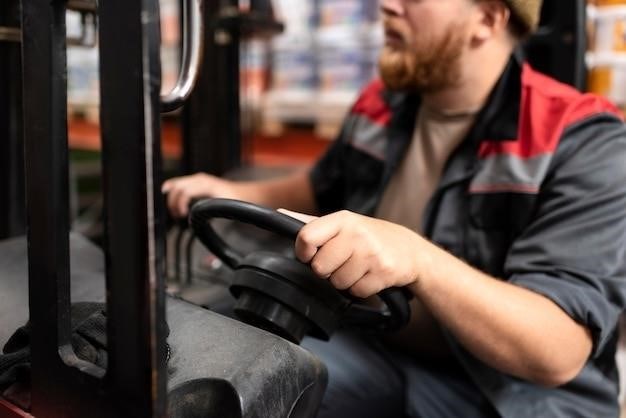
Manual Irrigation Systems
Manual irrigation systems are an efficient, cost-effective, and environmentally friendly way to water plants and crops. Manual irrigation systems involve the use of hand-operated pumps or gravity-fed pipes to distribute water to plants and crops. Manual irrigation is the most common method of irrigation, as it can be done by anyone physically able to carry a watering can or hose.
Introduction
Manual irrigation systems are a simple and often cost-effective way to provide water to plants and crops, particularly in small-scale farming and backyard gardening. They rely on human effort to move and distribute water, making them a viable option in areas with limited access to electricity or complex irrigation infrastructure. These systems are highly adaptable, with various designs and methods catering to different needs and environments.
Types of Manual Irrigation Systems
Manual irrigation encompasses a diverse range of techniques, each with its advantages and disadvantages. Some common methods include watering cans, which are simple and versatile but labor-intensive. Drip irrigation with buckets involves placing buckets with holes near plants, allowing for controlled water release. Porous clay jars, buried in the ground, slowly release water as it seeps through their porous walls. Pitcher irrigation utilizes bottles or jugs placed upside down in the soil, releasing water gradually. Porous pipes, laid horizontally in the soil, distribute water evenly along their length.
Watering Cans
Watering cans are a ubiquitous and simple manual irrigation tool. They are widely used, particularly in small gardens and backyards. The user manually pours water from the can onto the plants, allowing for targeted watering. This method is effective for individual plants, but can be labor-intensive for larger areas. Watering cans can be equipped with a rose, which is a nozzle that spreads the water, creating a sprinkler effect. This can be helpful for covering a wider area, but it can also lead to water waste if not used carefully.
Drip Irrigation with Buckets
Drip irrigation with buckets is a highly water-efficient manual irrigation technique. It involves using a bucket with small holes drilled into its bottom or sides. The bucket is filled with water and placed near the plants. Water slowly seeps out through the holes, providing a consistent supply of moisture directly to the plant roots. This method minimizes water loss through evaporation and runoff, making it ideal for arid and semi-arid regions. The size of the holes and the number of buckets can be adjusted depending on the plant’s water needs and the size of the area being irrigated.
Porous Clay Jars
Porous clay jars, also known as olla irrigation, are a simple and effective manual irrigation method. Unglazed clay pots are buried in the ground near plants, with their rims protruding slightly above the surface. Water is poured into the jars, and it gradually seeps out through the porous walls, providing a steady supply of moisture to the plant roots; This method is particularly useful in hot and dry climates as it reduces evaporation and allows for slow, controlled water release. The size and number of jars can be adjusted based on the plant’s water requirements and the size of the growing area.
Pitcher Irrigation
Pitcher irrigation is a simple and effective manual irrigation method that utilizes readily available materials like plastic bottles or clay pots. The container is filled with water and then placed upside down in the soil next to the plant, with its neck buried in the ground. The dense soil acts as a barrier, preventing the water from escaping immediately and allowing it to be released slowly and directly into the soil near the roots. This method promotes efficient water use as it reduces evaporation and provides a steady supply of moisture to the plant roots. The size and type of container can be adjusted based on the plant’s water requirements and the size of the growing area.
Porous Pipes
Porous pipes offer a more continuous approach to manual irrigation compared to individual pots or bottles. These pipes are made from materials like clay or plastic and are designed with small pores that allow water to seep out gradually. They are laid horizontally in the soil, often along rows of crops, with one end protruding above the ground for easy refilling. This method provides consistent moisture to the root zone, minimizing water loss through evaporation. The porous pipes can be customized in length and diameter to suit the specific needs of the crop and the planting layout.

Advantages of Manual Irrigation Systems
Manual irrigation systems offer a range of benefits that make them suitable for various gardening and farming situations, especially in resource-constrained settings. They are highly cost-effective, requiring minimal initial investment compared to automated systems. Their simplicity allows for precise water application, minimizing waste and promoting efficient water use. The hands-on nature of manual irrigation fosters a close connection with the plants, enabling growers to monitor their needs and adjust watering practices accordingly. These systems are also highly compatible with self-help initiatives, empowering individuals to take control of their water management and improve their agricultural practices.
Cost-Effectiveness
Manual irrigation systems stand out for their affordability, particularly in comparison to more sophisticated irrigation technologies. They typically require minimal initial investment, as they often utilize readily available materials like buckets, hoses, and pipes. The absence of complex machinery and automated controls further reduces the overall cost. This makes manual irrigation an attractive option for small-scale farmers and backyard gardeners with limited budgets, allowing them to implement water management practices without significant financial outlay. The low operating costs associated with manual irrigation also contribute to its economic viability.
Water Efficiency
Manual irrigation systems can be surprisingly water-efficient when implemented thoughtfully. By applying water directly to the root zone of plants, manual methods minimize water loss due to evaporation and runoff. This targeted approach ensures that water reaches the plants where it is needed most, maximizing its utilization. Additionally, manual irrigation allows for flexible watering schedules, enabling gardeners to adjust water application based on the specific needs of their plants and the prevailing weather conditions. This adaptability helps to prevent overwatering, a common cause of water waste, and promotes healthy plant growth.
Self-Help Compatibility
Manual irrigation systems are highly compatible with self-help initiatives, making them particularly valuable in resource-constrained areas. The simplicity of these systems eliminates the need for specialized technical expertise or expensive equipment, allowing individuals to take control of their water management. Moreover, the materials required for constructing manual irrigation systems are often readily available and affordable, further fostering self-reliance. This accessibility empowers communities to develop sustainable irrigation solutions tailored to their specific needs and circumstances, promoting local ownership and long-term sustainability.
Disadvantages of Manual Irrigation Systems
While manual irrigation systems offer numerous advantages, they also come with certain drawbacks. The most significant disadvantage is the labor-intensive nature of these systems. Regular watering, particularly in large-scale applications, can be time-consuming and physically demanding. Additionally, manual irrigation systems can be prone to blockages and leakages, requiring regular maintenance and repairs. Furthermore, if wastewater is used for irrigation, there are potential health risks if the water is not properly pre-treated, as it may contain harmful pathogens or contaminants.
Labor Intensive
One of the primary drawbacks of manual irrigation systems is their labor-intensive nature. Regular watering, especially for larger gardens or fields, can be time-consuming and physically demanding. This is particularly true in areas with high evaporation rates, requiring frequent replenishment of water sources. The need for manual labor can limit the scalability of manual irrigation, making it less suitable for large-scale agricultural operations. Furthermore, the constant monitoring and maintenance required to prevent blockages and leaks further adds to the labor burden associated with these systems.
Potential for Blockages and Leakages
Manual irrigation systems, while simple in design, are susceptible to blockages and leakages. These issues can arise from various factors, including debris accumulating in pipes, wear and tear on hoses, and faulty connections. Blockages can restrict water flow, reducing the effectiveness of the irrigation system and potentially damaging crops due to insufficient watering. Leakages can lead to water wastage, increasing costs and impacting water conservation efforts. Regular maintenance and inspections are crucial to identify and address these issues promptly, ensuring the efficient and sustainable operation of manual irrigation systems.
Health Risks with Wastewater
Using wastewater for manual irrigation presents potential health risks if proper pre-treatment is not implemented. Untreated wastewater can contain harmful pathogens and contaminants that pose a threat to human health. Contact with contaminated water can lead to various illnesses, especially if it is used to irrigate edible crops. To mitigate these risks, wastewater must undergo appropriate treatment processes to reduce pathogens and chemical contaminants to safe levels. This includes filtering, disinfecting, and removing harmful substances. It is crucial to prioritize public health and safety when utilizing wastewater for irrigation, ensuring that the water is treated effectively to minimize health risks.
Applications of Manual Irrigation Systems
Manual irrigation methods are particularly suitable for small-scale farming operations and backyard gardening, especially in dry and arid climates where water resources are limited. The simplicity and low cost of manual irrigation systems make them an attractive option for these settings. They are also ideal for areas where access to electricity or other power sources is limited. The adaptability of manual irrigation allows for precise water application, minimizing waste and maximizing water efficiency. This is crucial in areas where water conservation is paramount. Moreover, manual irrigation promotes sustainable practices by reducing reliance on external resources and promoting self-sufficiency.
Small-Scale Farming
Manual irrigation systems are a practical and cost-effective solution for small-scale farmers, especially in developing countries. These systems require minimal capital investment and can be constructed using locally available materials. Their ease of use and operation make them suitable for farmers with limited technical expertise; Manual irrigation methods, like drip irrigation with buckets or porous clay jars, allow for targeted water application, ensuring that water reaches the roots of plants efficiently. This reduces water waste and promotes efficient water use, particularly valuable in regions with limited water resources. The simplicity of manual irrigation systems makes them a viable option for small-scale farmers who may lack access to sophisticated irrigation technologies.
Backyard Gardening
Manual irrigation systems are a popular choice for backyard gardeners, offering a simple and environmentally friendly approach to watering. These systems are easy to set up and maintain, requiring minimal technical expertise. Watering cans, porous pots, and drip irrigation with buckets are readily available and cost-effective options for backyard gardeners. Manual irrigation allows for precise water application, minimizing water waste and ensuring that plants receive the right amount of moisture. This is particularly important for delicate plants and flowers that may be susceptible to overwatering. By avoiding the use of complex and expensive irrigation systems, manual irrigation methods promote a more sustainable and eco-conscious approach to gardening.
Arid and Dry Climates
Manual irrigation systems are particularly well-suited for arid and dry climates, where water conservation is paramount. These systems allow for targeted water application, minimizing evaporation and maximizing water efficiency. In regions with limited rainfall, manual irrigation methods like drip irrigation with buckets, porous pots, and pitcher irrigation help conserve precious water resources. The slow and controlled release of water from these systems ensures that water reaches the plant roots effectively, reducing water loss through evaporation. Furthermore, manual irrigation systems are often constructed using locally available materials, making them an affordable and sustainable option for communities in arid and dry regions.


